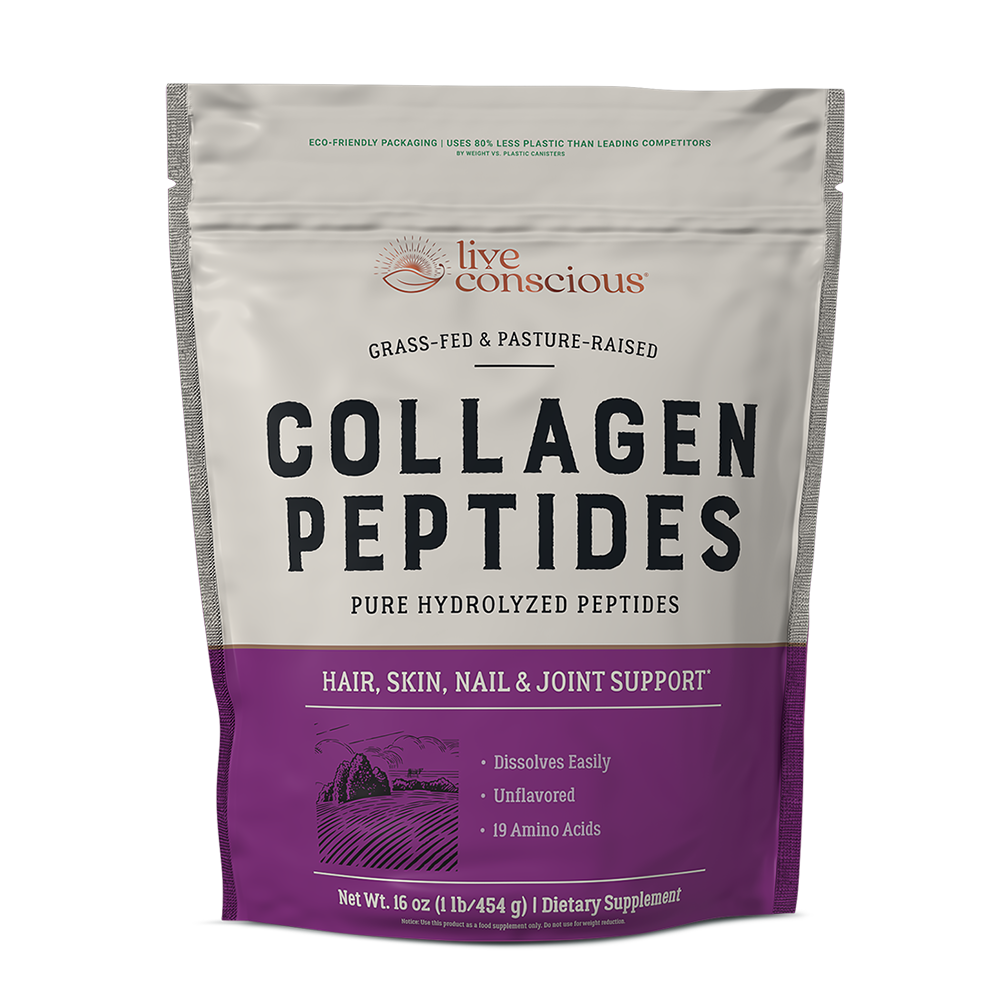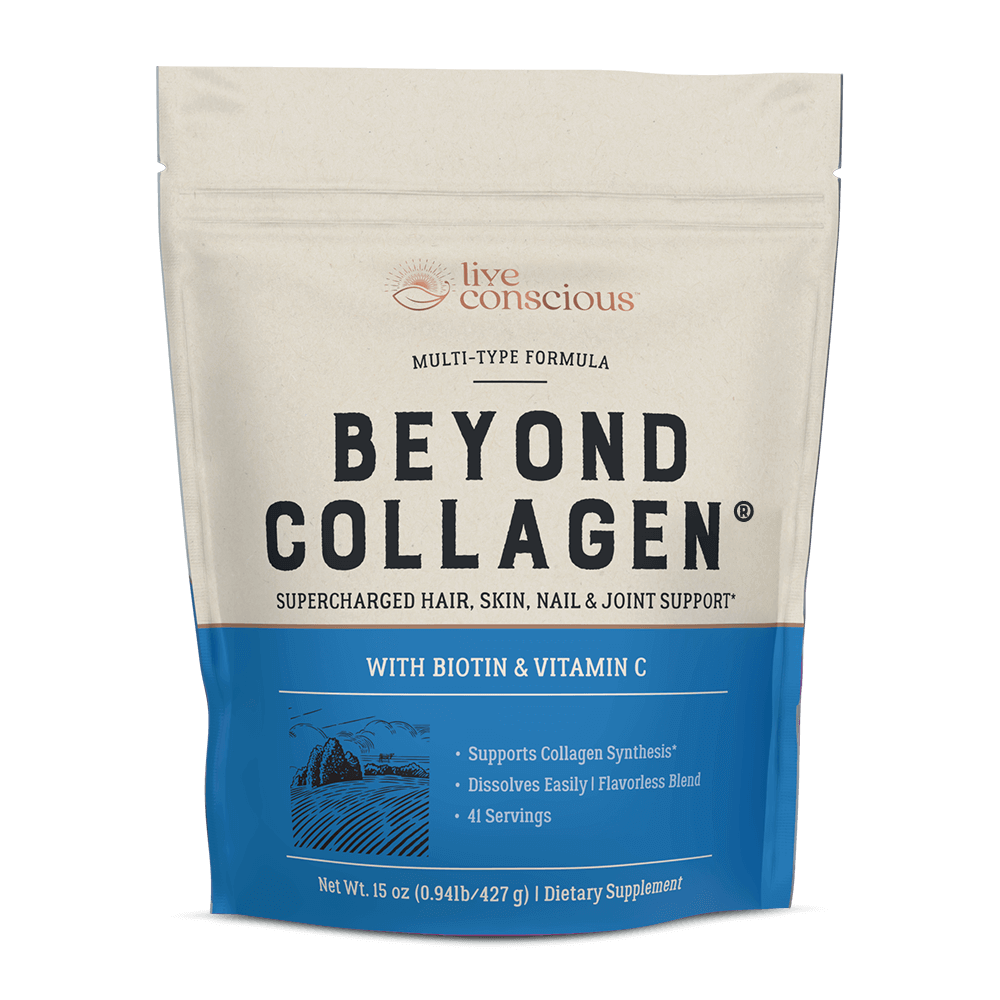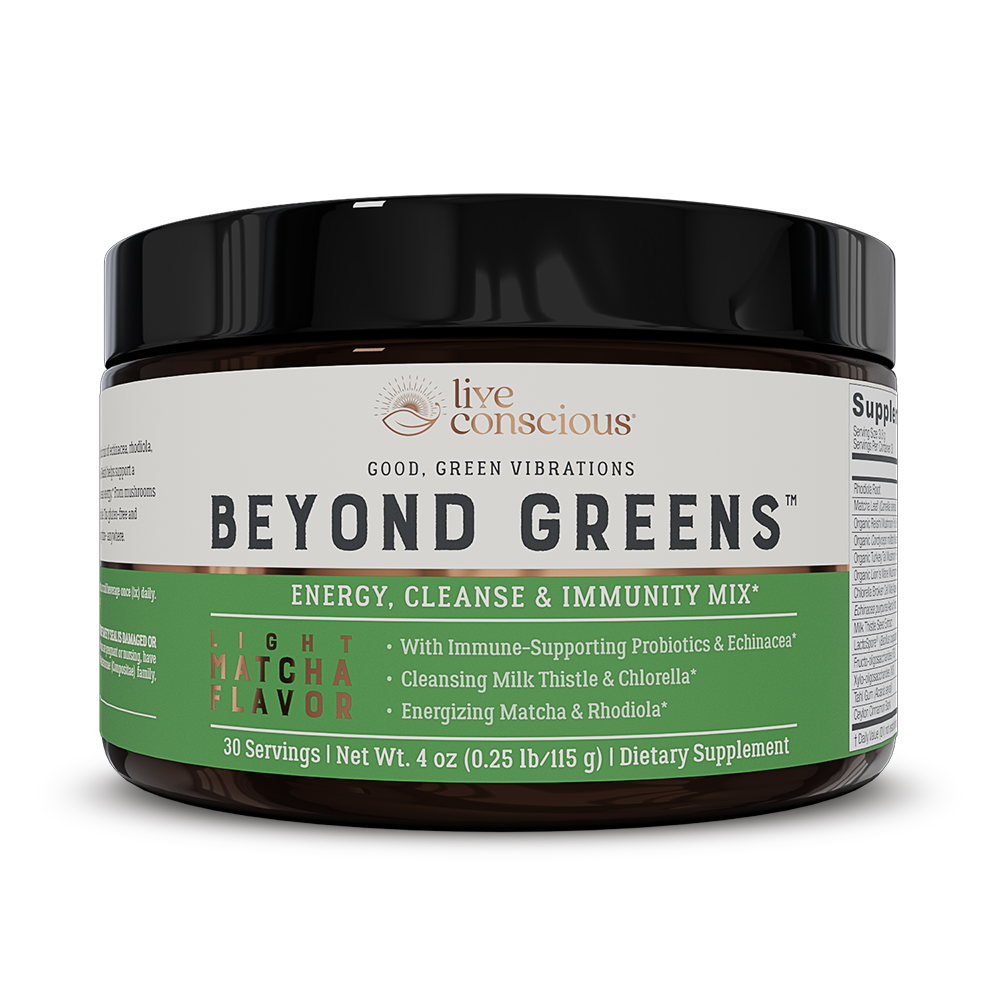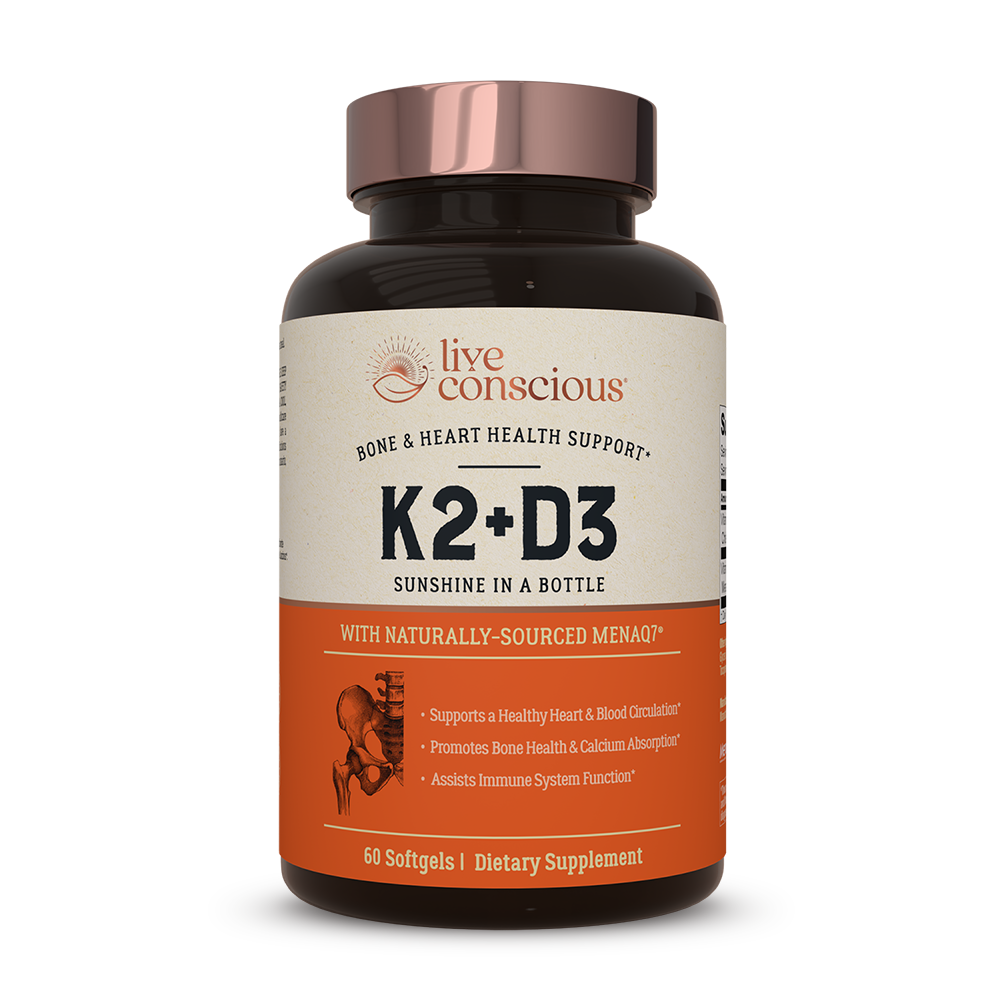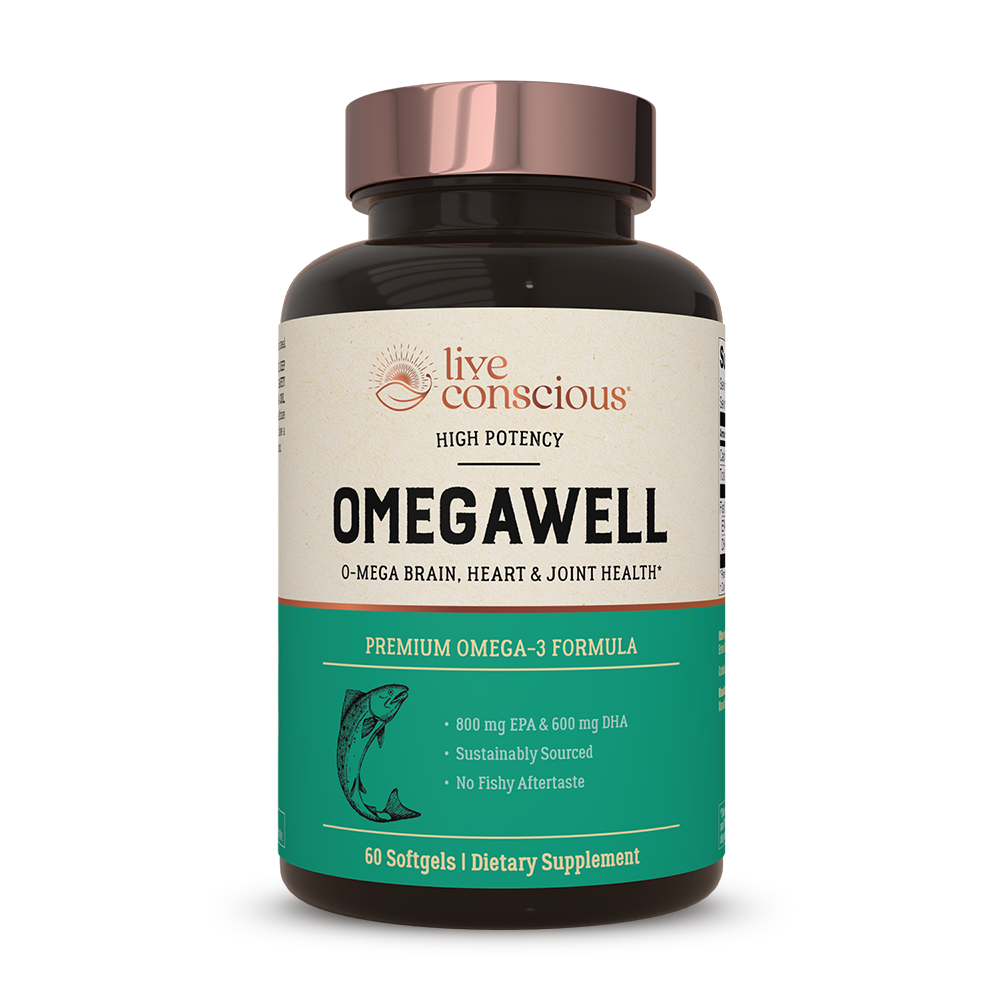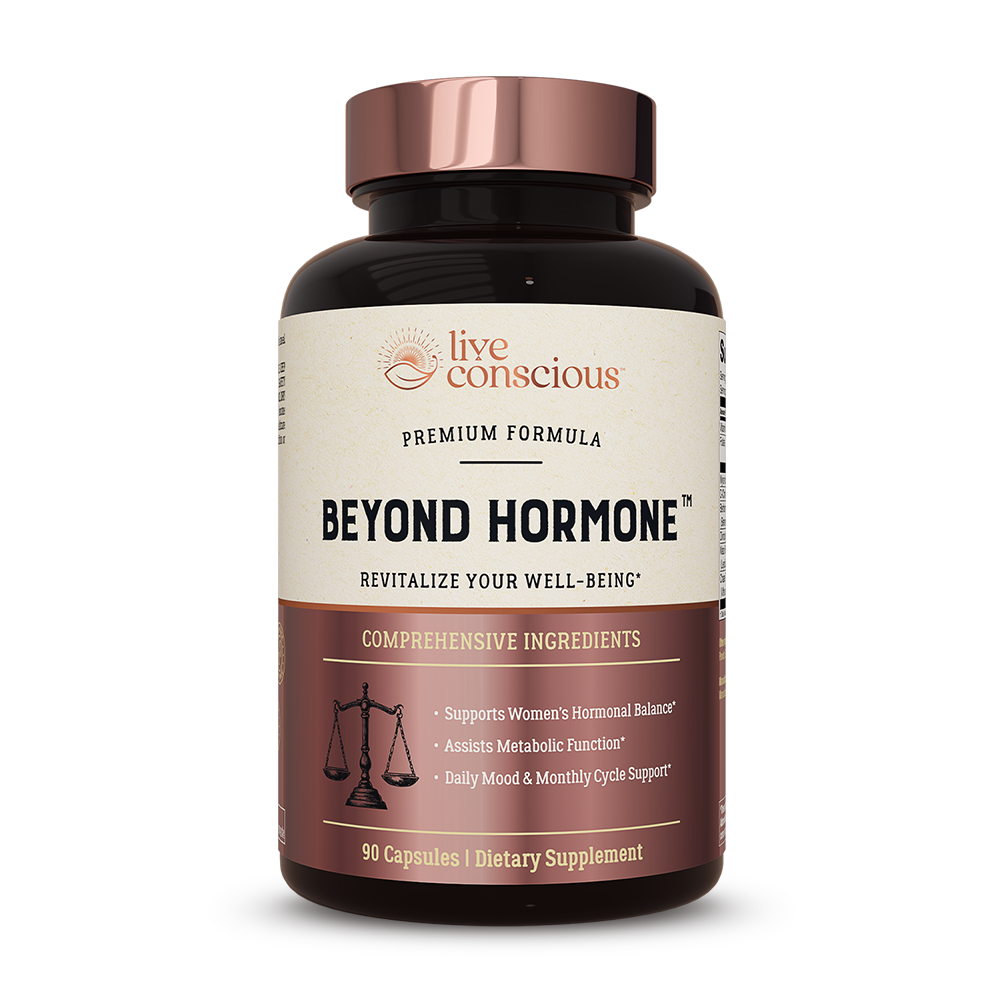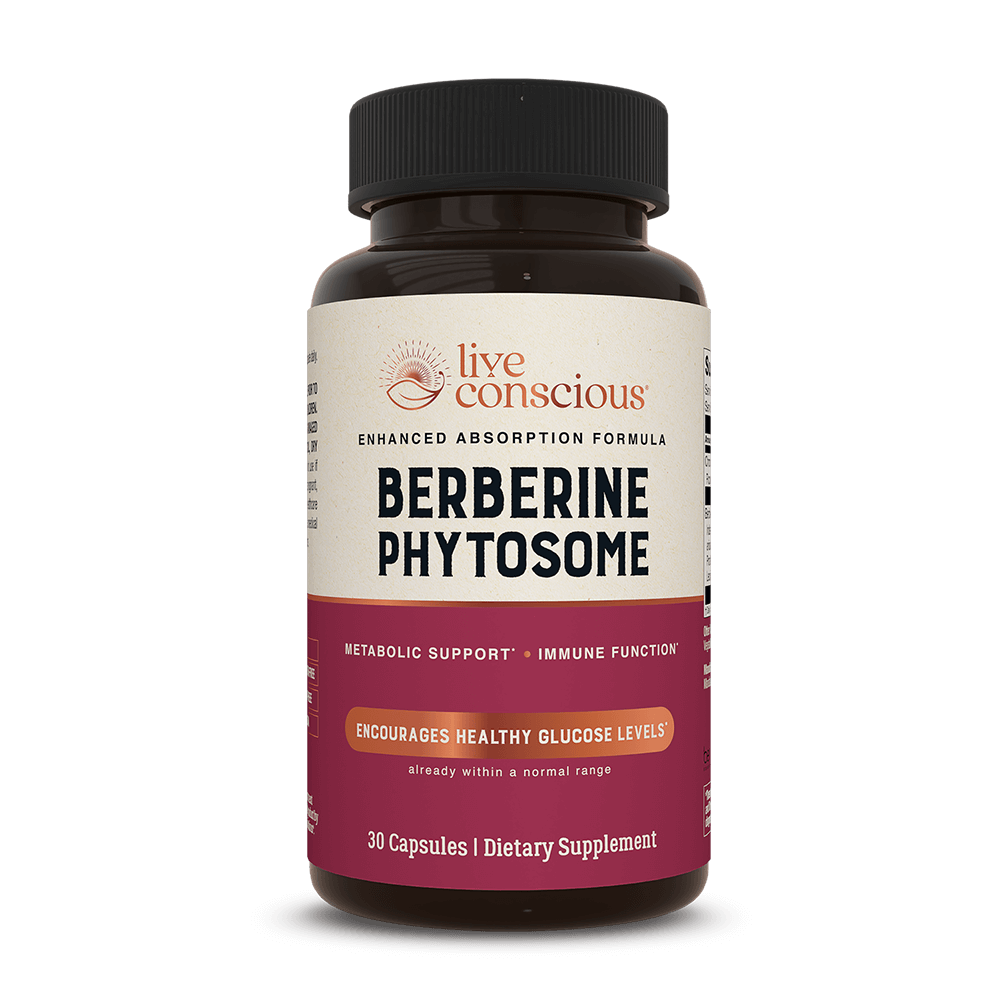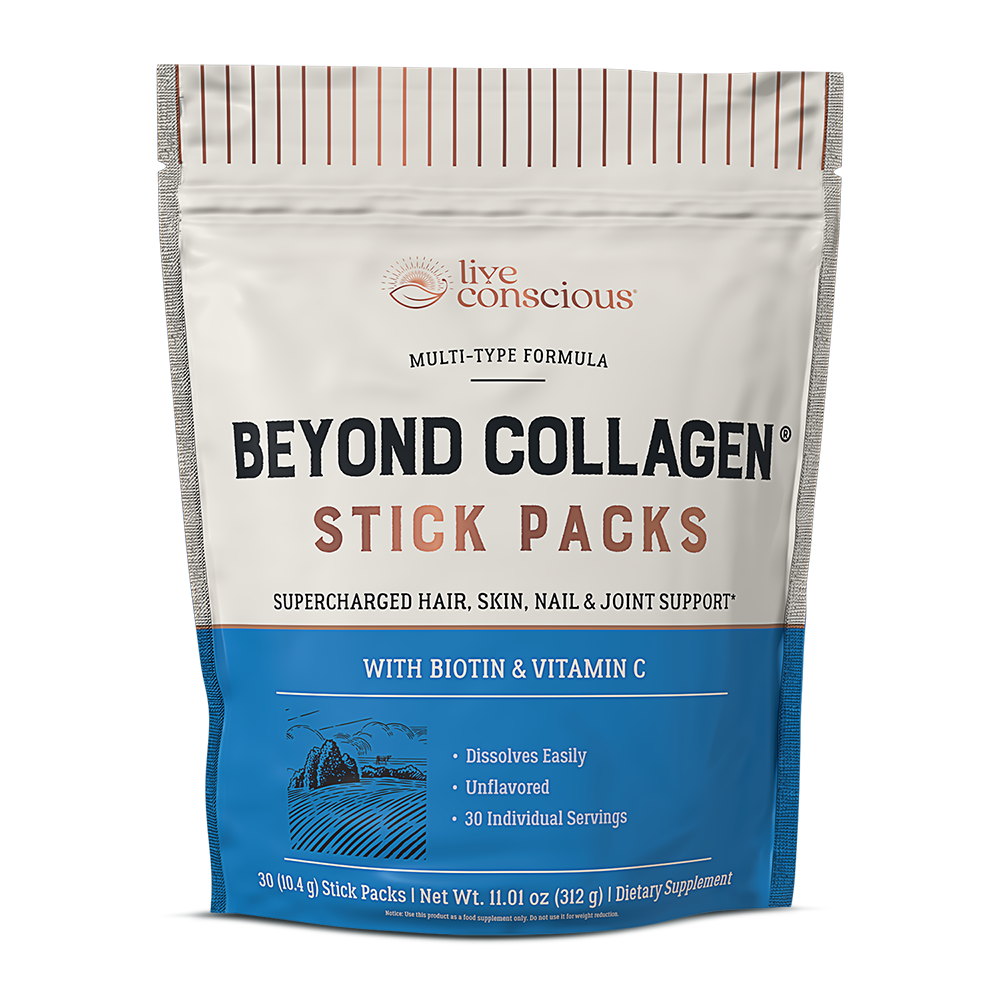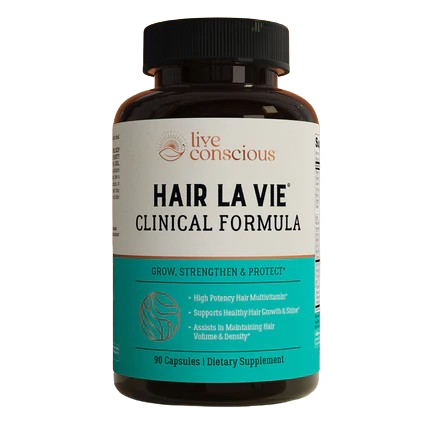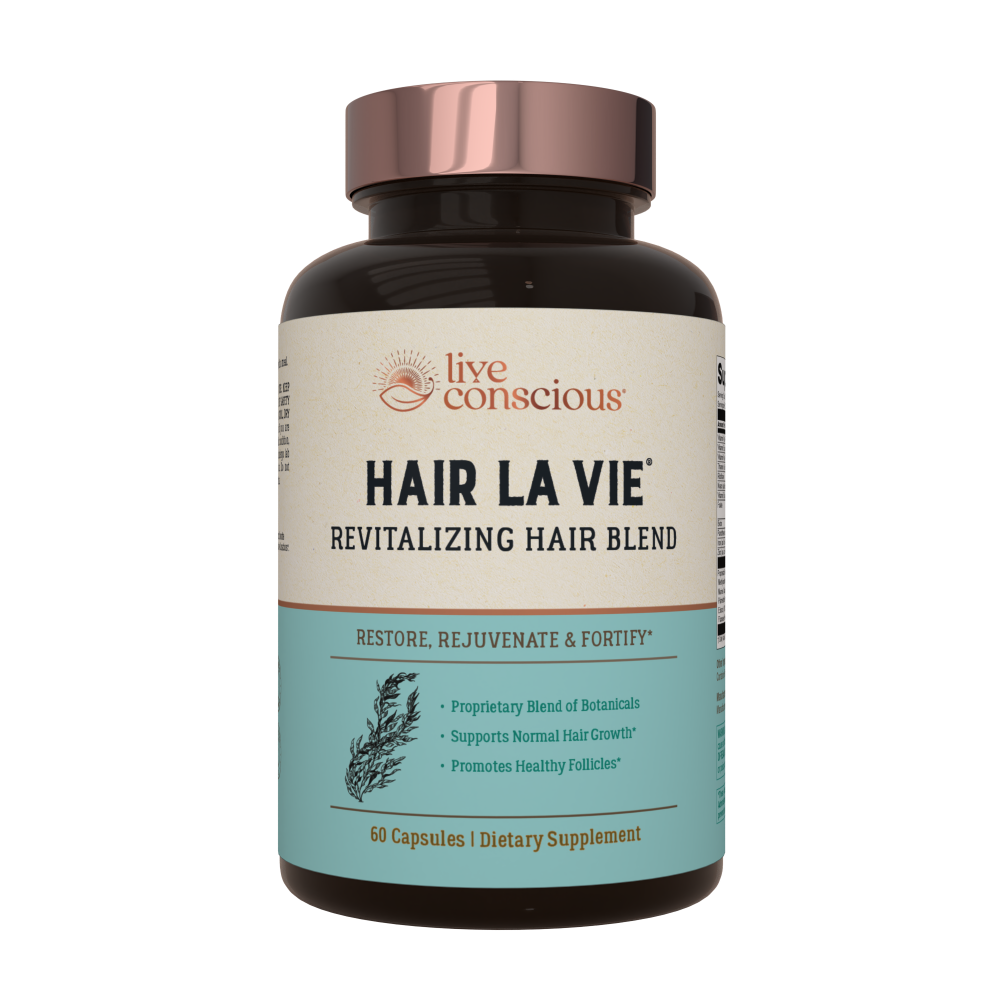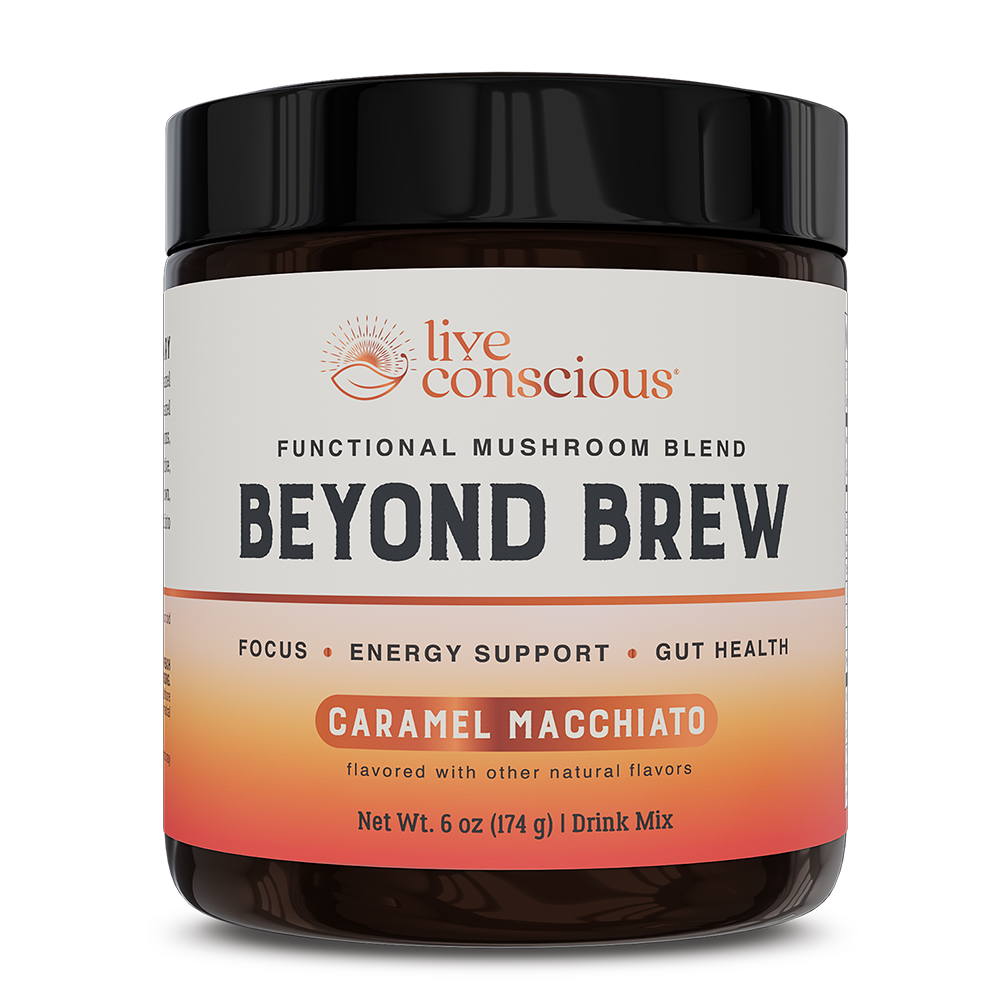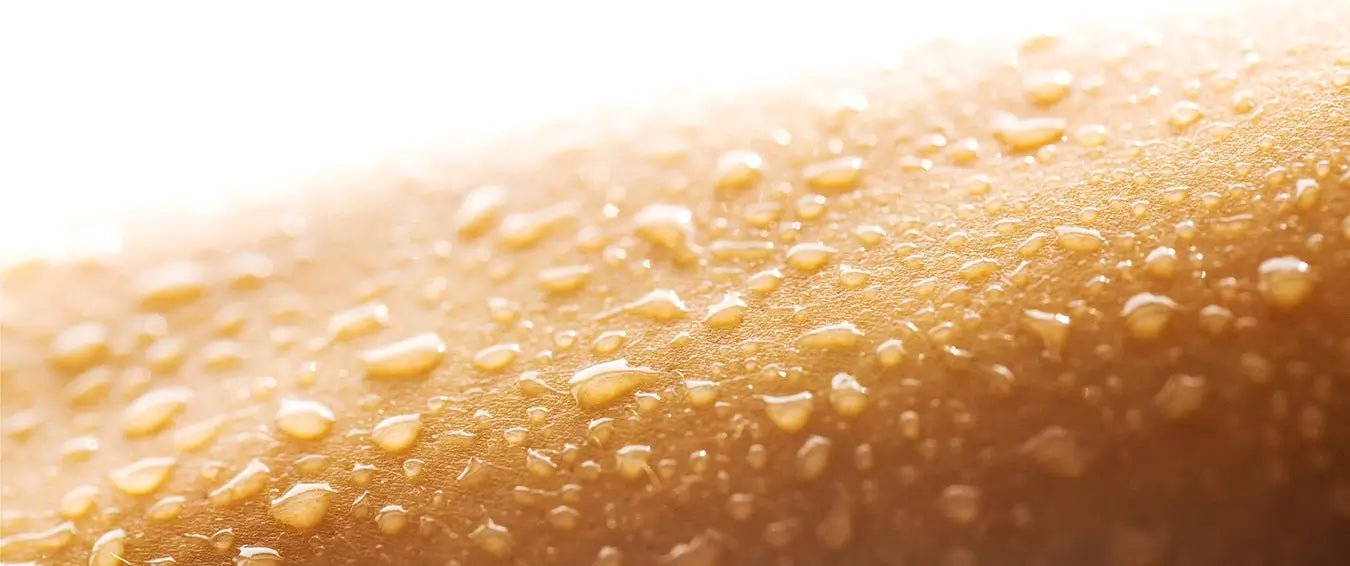Sweating is a normal part of life, and it performs an important function—keeping the body temperature regulated. But sweat isn’t always a welcome thing.
Sweating can become an even bigger irritation when it goes beyond normal sweating and becomes excessive. It can happen during periods of anxiety, when you have a fever, and during menopause or other hormonal changes.
Excessive sweating is called hyperhidrosis and a study from 2004 indicates that this condition may affect 2.8% of the population in the United States alone; that’s roughly 7.8 million people. The impact of hyperhidrosis may be more widely felt than previously known.
What Is Hyperhidrosis?
The term hyperhidrosis means excessive sweating, but what does that really amount to? And, if you have one episode of excessive sweating, does that count?
The Mayo Clinic defines excessive sweating or hyperhidrosis as a condition that can affect either the entire body or just certain areas. They call out the palms of the hands, soles of the feet, underarms, and face as areas where it occurs most often. When the sweating centers on the armpits, it’s called axillary hyperhidrosis; when it’s in the region of the hands and feet, it’s called palmoplantar hyperhidrosis.

Hyperhidrosis is typically a chronic condition that happens regularly, usually at least once a week. This type of sweating can impede normal daily activities, as the sufferer has anxiety about cold and wet handshakes, soiling or damaging their clothing, and people noticing that they’re dripping sweat.
Causes of Hyperhidrosis
For many people, the symptoms of hyperhidrosis begin in childhood or early adolescence. If there is no apparent underlying medical reason for the sweating, it’s referred to as primary hyperhidrosis.
A diagnosis of primary hyperhidrosis can mean that they tend to have an overactive sympathetic nervous system, the system that’s responsible for regulating perspiration throughout the body. There may also be a genetic connection at play.
If you begin to notice what seems to be excessive sweating, it’s a good idea to bring this up with your healthcare provider because, if it’s not primary hyperhidrosis, it could be caused by several health conditions, including the following:
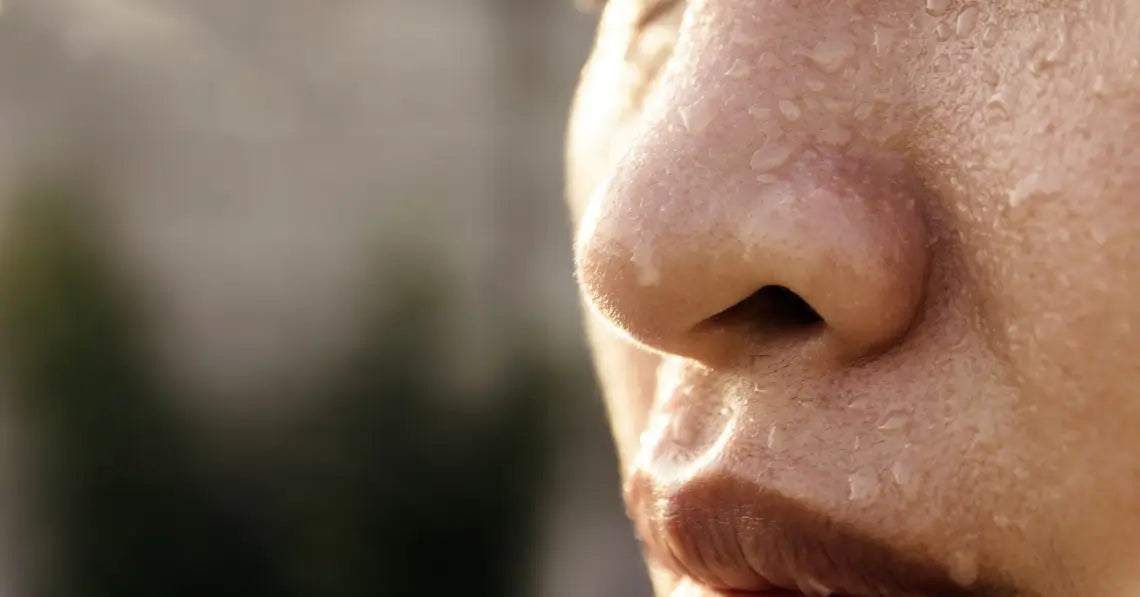
♦ Diabetic hypoglycemia
♦ Endocarditis
♦ Fever
♦ Generalized anxiety disorder
♦ Heart attack
♦ Heat exhaustion
♦ HIV/AIDS
♦ Hyperthyroidism
♦ Leukemia
♦ Side effects from some medications
♦ Menopause
♦ Non-Hodgkin’s lymphoma
♦ Obesity
♦ Anxiety or stress
♦ Tuberculosis
Your doctor may find that one of these health problems is the underlying cause for your sweating concerns, or they may discover that you do indeed have primary hyperhidrosis.

If you’re experiencing excessive sweating with chills, lightheadedness, chest pain, nausea, or a fever at 104 degrees or higher, it’s important to see a doctor immediately.
Treatment for Hyperhidrosis or Excessive Sweating
Before any treatment plan can be implemented, it must be determined whether you have primary hyperhidrosis or secondary hyperhidrosis, where there is another illness or condition at the root of the problem.
A typical treatment plan for hyperhidrosis may include one or a combination of the following treatments.
♦ Over-the-counter antiperspirants: Initially, a very low dose of metal salt will be used to see if this more conservative approach is all that is needed to help with excessive sweat.
♦ Prescription antiperspirants: These prescription-only antiperspirants are much stronger than anything you’ll find over the counter and often include aluminum chloride hexahydrate. It’s important to note that they can be irritating to the skin and you should avoid all contact with your eyes.
♦ Prescription creams: A compound called glycopyrrolate is sometimes prescribed to treat excessive sweating, especially of the head and face regions.
♦ Nerve-blockers: There are some medications that reduce sweating by stopping the nerves from communicating like they normally would.
♦ Antidepressants: It’s been found that some medications that are used to treat depression also reduce the amount of sweating a person experiences. In addition, because many people who have hyperhidrosis have anxiety about the sweating, these medications can reduce that concern as well, as can other ways of naturally reducing stress.

♦ Botulinum toxin: Botox and Myobloc are two well-known botulinum toxins that are used for cosmetic reasons, but they’re also gaining momentum as treatment to block the nerves that cause sweating.
♦ Iontophoresis: This treatment involves a device that uses ionized tap water and electricity to treat palmoplantar hyperhidrosis. It needs to be done regularly and if you do not wish to have it done in the doctor’s office, there are home machines you can use.
♦ MiraDry: This is considered a more serious treatment, as it uses microwave energy to destroy sweat glands. It’s not widely available and can be expensive. It can also permanently alter skin sensitivity, but it’s very effective.
♦ Sweat gland surgery. One option for people who suffer from axillary hyperhidrosis is to have surgery to remove the sweat glands from the under arm area. This is not as invasive as it may sound but it is a surgery so it shouldn’t be a decision that’s made lightly.
♦ Nerve surgery or sympathectomy: In this surgical procedure, the doctor interrupts the nerve signals to prevent sweating. There have been reports of compensatory sweating, or sweating in other regions, after this surgery as a side effect. Obviously, this should be discussed thoroughly with your physician.
Waking Up To Wellness
Excessive sweating or hyperhidrosis may affect as many as 2-3% of the population in the United States. This condition often causes the sufferer to feel some negative emotional, social, and psychological side effects in addition to the symptoms associated with excessive sweating.
If you feel this might be a problem for you, it’s best to seek medical advice to see if there is an underlying condition that needs to be addressed. If there is no other condition responsible, you have primary hyperhidrosis, and there are several steps you and your healthcare provider may take to relieve your sweating concerns.
